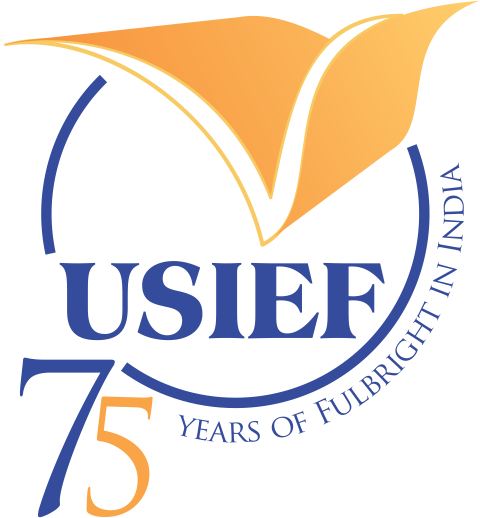Mr. Thomas Varner, Originally from Northern Indiana, graduated from the School of Engineering at the University of Mississippi with a B.Sc. in Geology in 2018. During his time as an undergraduate in Mississippi, his interest in the natural processes that shape our planet’s surface flourished while investigating the extent of uranium decay in detrital zircons to unravel the ancestral pathway of the Mississippi River. These research endeavors led to Mr. Varner receiving the Who’s Who Award at the University of Mississippi and directed Mr. Varner towards graduate research addressing water-related issues impacting societies across the globe.
Mr. Varner is currently a PhD candidate at the University of Texas at San Antonio where his research focuses the transportation of arsenic along tidally fluctuating river systems in Bangladesh, a region where millions of people are negatively impacted by elevated concentrations of arsenic in the underlying aquifers used for drinking purposes. Facets of Mr. Varner’s research have been presented at numerous conferences including the Geological Society of America, American Geophysical Union, Goldschmidt, and the International Congress & Exhibition on Arsenic in the Environment. The culmination of Mr. Varner’s research, titled “Contribution of Sedimentary Organic Matter to Arsenic Mobilization along a Potential Natural Reactive Barrier (NRB) near a River: The Meghna River, Bangladesh” was published in Chemosphere. Mr. Varner is passionate about investigating the occurrence and transportation of inorganic and organic contaminants in drinking water systems with an aim to provide options for in-situ remediation in natural environments.
Mr. Varner, as part of the Fulbright-Nehru Fellowship, is researching a naturally occurring phenomena along the tidally fluctuating Hooghly River leading to the precipitation of iron in the adjacent sediments which may protect the river and aquifer from the cross-contamination of arsenic and other pollutants. This phenomenon is known as the “Iron Curtain” and is the result of the surface water-groundwater mixing within the sediments surrounding the river. The results from this study will be compared to the subsequent findings from a similar study along the Meghna River in Bangladesh. Together, these studies will be used to develop a universal river-aquifer contaminant transport model.

